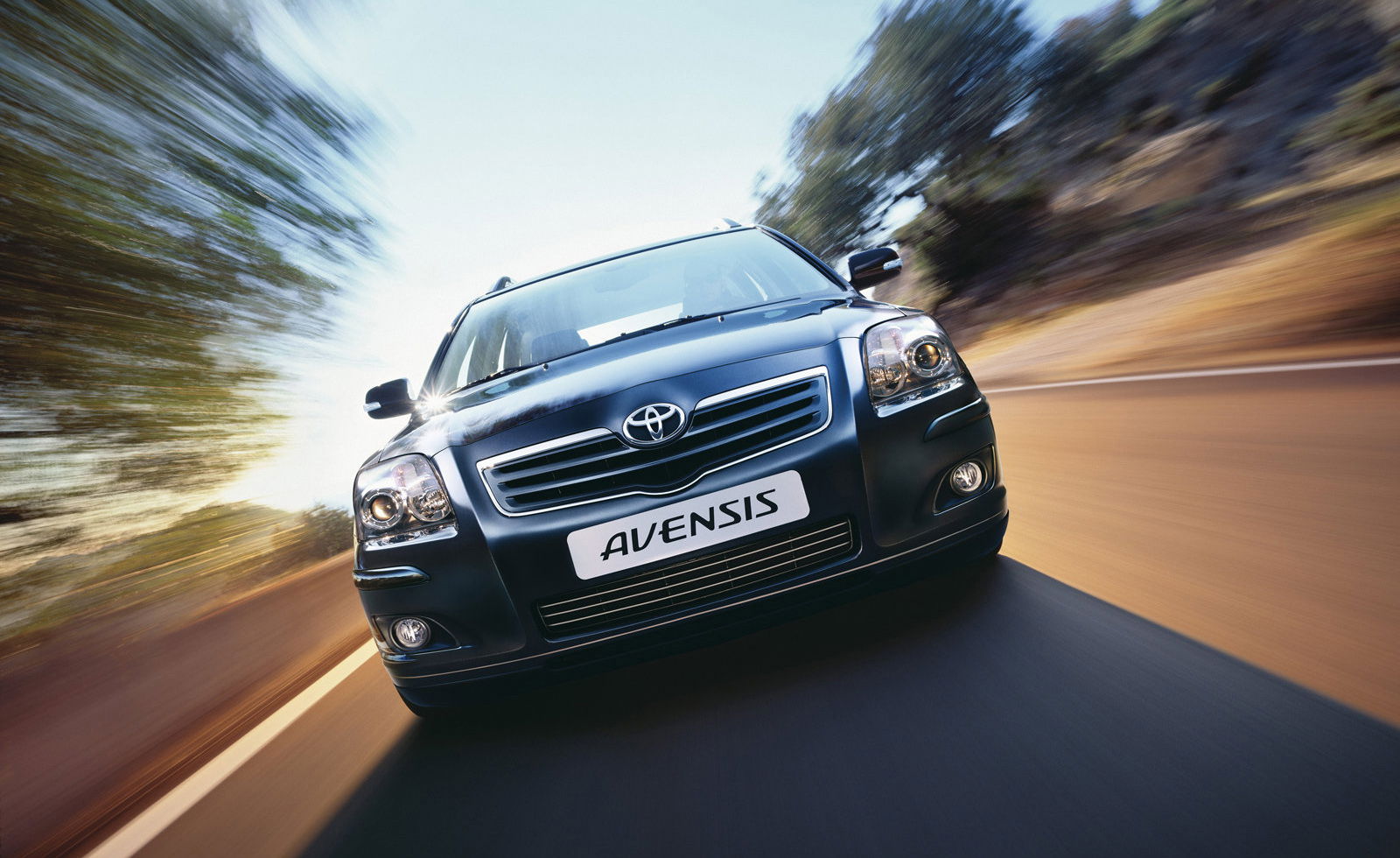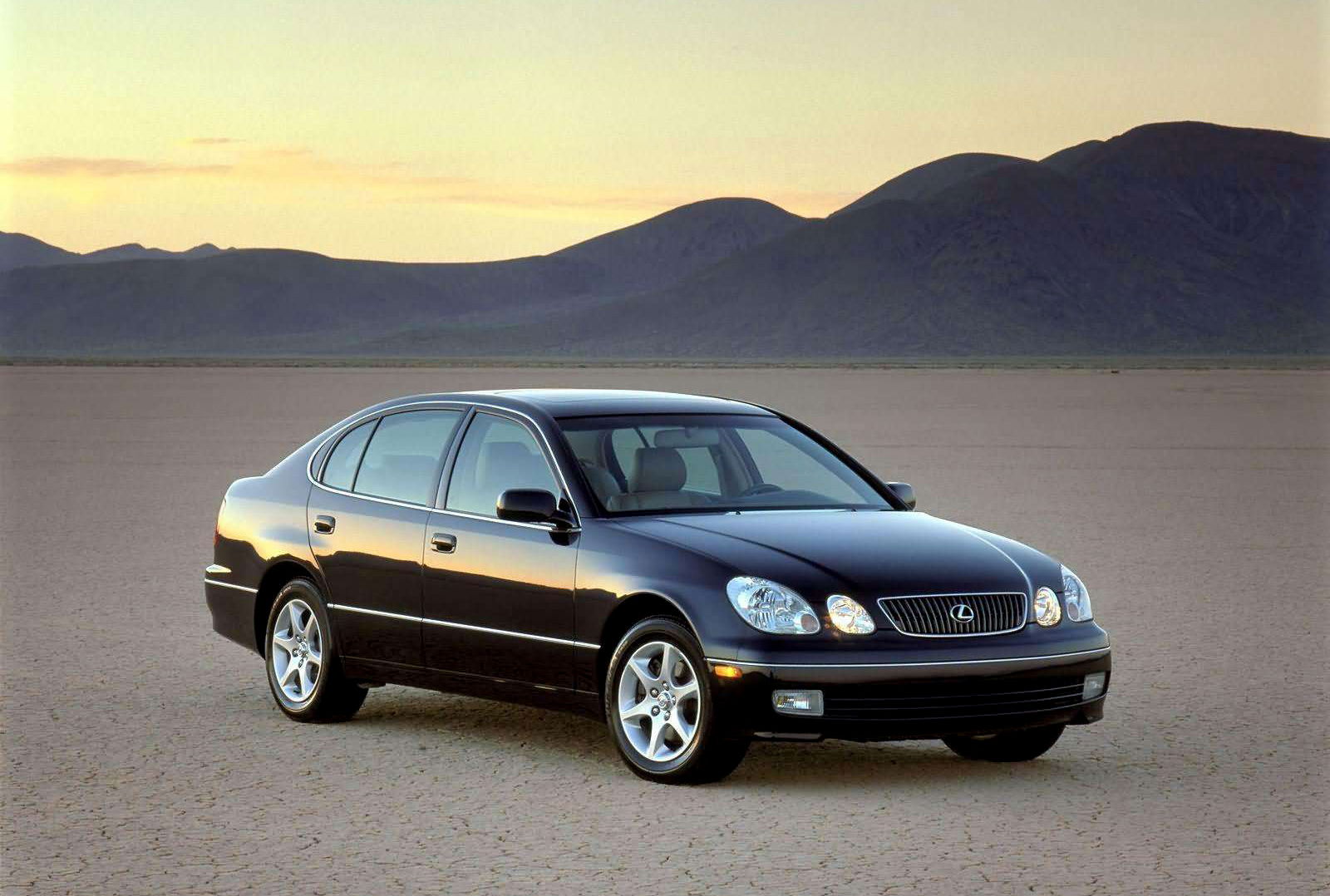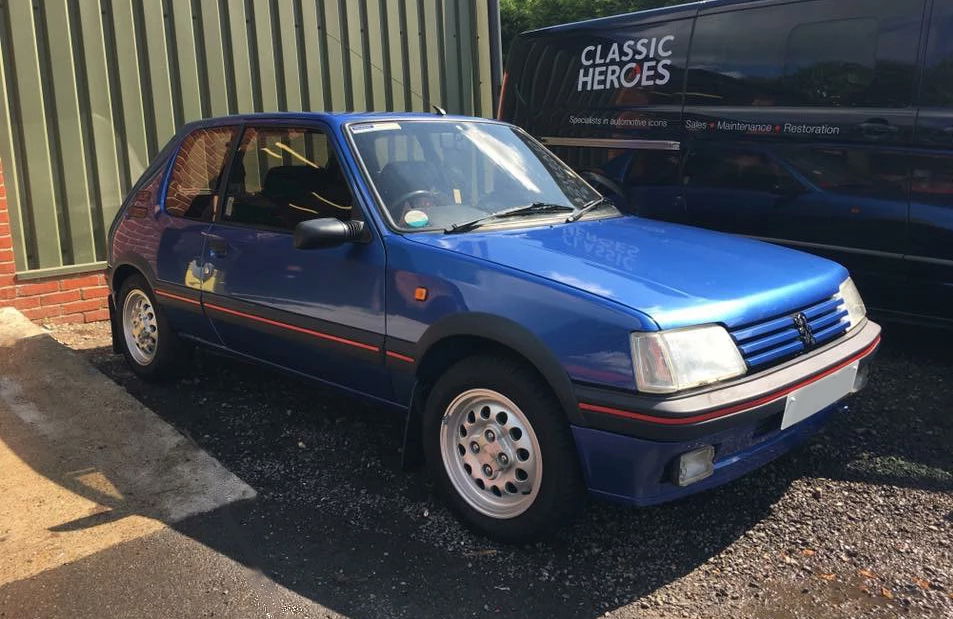Modern Cars Are A Nightmare That Will Soon Haunt Used Car Buyers Everywhere

This may sound overly dramatic, but we might all have sleepwalked into a used car disaster and it’s way too late to do anything about it.
We like used cars, right? They give us great value on paper: loads of bang for our buck, space for our Swiss franc and tech for our, err, Tunisian dinar. Easy to maintain yourself, too. Or not, as it happens.
This has just been rammed home to me in very expensive fashion. There I was, minding my own business, when my car – a 10-year-old diesel estate and a great workhorse – gradually started running worse and worse. It turned out that an injector had failed, and on closer inspection via a handy injector testing rig at a semi-local diesel specialist, the other three were failing too. Balls.

To cut a long story short, the bill was more than half the trade-in value of the car. Parts for high-pressure injection systems are expensive. If the bill had been for crash damage, my insurer would have written the car off. These repairs aren’t driveway tasks, either. Installing the injectors is no big deal (although the rocker cover had to come off), but they need special coding and setup that only a main dealer or specialist will have the equipment for. Even if you ask your friendly local independent to do it, they’ll most likely just send the injectors off to the same specialist you could have visited yourself.
If the idea of four-figure bills that you can’t reduce by doing the spannering yourself doesn’t frighten you just a bit, it should. Remember, my car is a decade old. Most cars that have been made since then also have a high-pressure fuel injection system, with petrols having joined the fun many years ago for the sake of efficiency. That’s also far from the only palm-moisteningly costly part that could fail as modernish cars age.

Putting two and two together, here, you get bad news. Of course buying a used car is a risk; it always has been, but the incoming potential for huge bills is staggering. An injector, for example, isn’t an affordable consumable any more. For an old car you might be looking at £60 per unit. The ones in, say, a seven or eight-year-old Land Rover Discovery 4 TDV6 cost £650. Each. Plus, at the very least, garage labour costs to calibrate them properly. If all of them are on the way out, like mine, by the time you’ve added professional diagnostics and labour, you could be looking at £5000.
With surprise costs like these waiting to bend you over and insert a large cactus into your darkest recesses, how long is it going to be before any car outside its warranty period becomes a risk not worth taking? If 12 months into ownership you’re smacked with a four-figure bill, you might as well have bought new. Aftermarket warranties aren’t worth the paper they’re written on (having had two myself and witnessing first-hand the various infuriating get-out clauses), and with cheap PCP and lease deals aplenty, used car ownership suddenly doesn’t look quite as rosy as it used to.

Expand this to today’s cars. Is there something you’ve got your eye on? Something you’d like to poach from the classifieds when it gets old and cheap enough? Forget it, unless you’ve got big cash reserves. Things like the complex electrics in modern swivelling headlights or keyless entry systems, emissions-reduction systems, active driver aids and more will be ridiculously expensive to fix. Why bother at all? When the cars are a decade old, all this tech is just putting your wallet at ever greater risk of being violated.
One answer, of course, is to buy even older cars; simpler cars with simpler engines. Stuff from the early 2000s and pre-Millennium. Simpler usually means cheaper to fix. How does the saying go? The simplest solutions are often the best. When it comes to car makers, this nugget of old-fashioned wisdom has long since been forgotten. And used car buyers like us are the ones who’ll end up paying for it.

Comments
EVs are way ahead. You can only break three things. Unlike 5673926393 different components in an ICE powered car.
I work at the biggest company in Poland selling used car engines for most of the cars you see on roads today. I can sign your article with both hands and legs! And that’s the reason I’ve bought myself a simple 96 Toyota Paseo, not a all-fancy/all-faulty turbocharged, direct-injected, EGR-equipped computer!
This is why im a mechanic, and why my newest car ive owned is my current Saab 9-5 on a 2004 plate..
Bottom end went, so rather than 200 quid for parts, i bought a crash damaged car for 80 quid and swapped engines.
For LR discovery 3/4 you have to take the body off the chassis to change the turbos.
Air bag suspension is another one, just not worth doing
Edit:
Regarding safety, swedish cars are about the safest ever.. ever seen a volvo vs a saab? That is what makes black holes lol
I’m hoping to get myself some 80s-90s cars in the near future to avoid this problem. Just need more money…
I don’t really scared of this. What I scared is that I concerned that newer cars could be reliable or not.
Yes it
You’re up pretty early
Early 2000s and before for me then
This is why my parents have only ever bought one car from the post millennium period (MK6 Golf Bluemotion if anyone’s interested).
Nevertheless, even though my dad’s W123 is 30 years old. Not a SINGLE mechanical part has gone wrong with it, I repeat, NOTHING has gone wrong with it. It’s the most reliable car we’ve ever owned! And may I just say that those old Mercs are perhaps some of the most underrated cars in the world?
Interesting read and very alarming to think about. As if we don’t have enough financial pressure in this post millennium mess. I feel really bad for kids growing up today. No snowflake comments from me.
Pagination